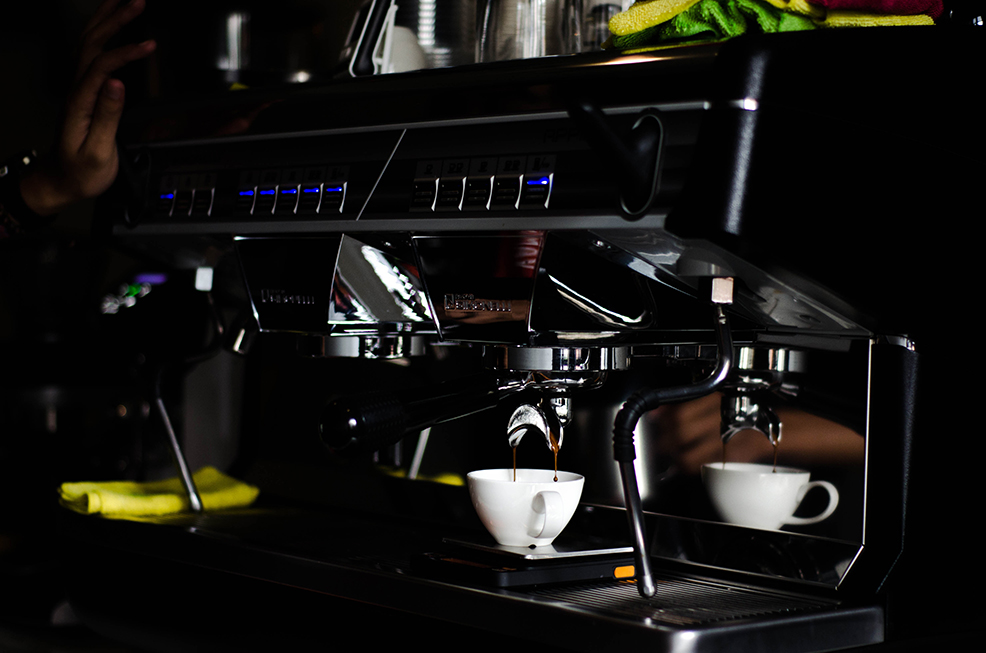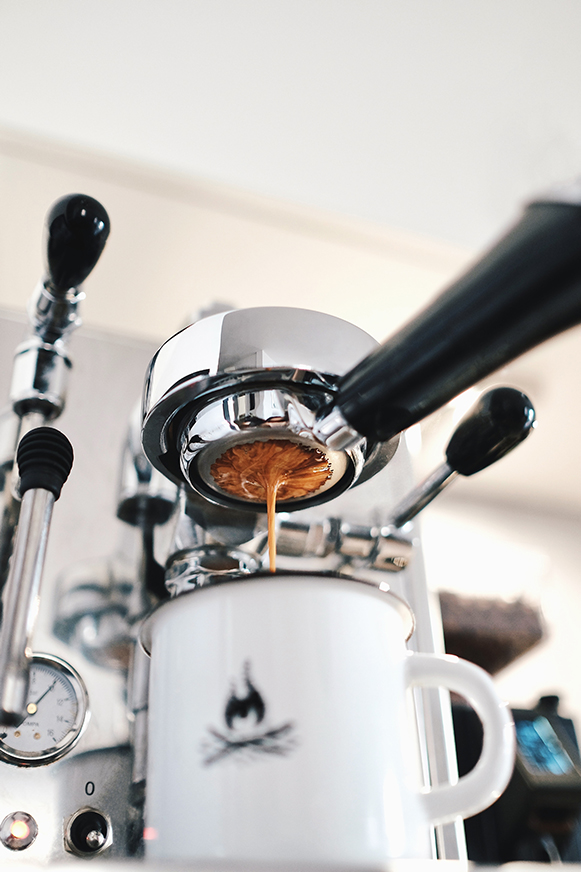The coffee world is vast and varied, with countless brewing methods and drink styles to explore.
Two such styles, Espresso and Ristretto, are often the subject of comparison and debate among coffee enthusiasts. Both are beloved for their intense flavors and rich aromas but differ.
This article explores ristretto versus espresso, the fine art of short brewing, exploring the differences and similarities between these two coffee styles.

| Key Takeaways | |
|---|---|
| 1 | Espresso and Ristretto are both methods of brewing coffee, with Espresso being more diluted and Ristretto being more concentrated due to less water and a shorter extraction time. |
| 2 | The type and roast of coffee beans significantly impact the flavor of both Espresso and Ristretto. The choice between Arabica and Robusta beans, as well as the level of roast, can influence the flavor profile of the final brew. |
| 3 | Espresso and Ristretto hold a prominent place in coffee culture worldwide. While Espresso is more widely recognized, Ristretto is appreciated by coffee connoisseurs for its intense flavor and sweetness. |
What is Espresso?
Espresso is a method of coffee brewing that originated in Italy. It involves forcing a small amount of nearly boiling water under pressure through finely-ground beans resulting in a concentrated beverage with a distinctive flavor profile.
Espresso is known for its thicker consistency, a high concentration of both suspended and dissolved solids, and a layer of foam on top, known as crema. The brewing process is quick, usually taking about 25-30 seconds, which is why it’s called “espresso” (Italian for “fast”). Learn
What is Ristretto?
Ristretto, on the other hand, is often referred to as an ‘abbreviated’ espresso. The term “ristretto” means “restricted” in Italian, and it relates to the fact that less water is used to brew this style of coffee.
The brewing process is similar to espresso, but the extraction time is shorter, usually about 15-20 seconds. It results in a shot that’s roughly half the volume of a regular espresso shot, but it’s more concentrated and has a different flavor profile.
Ristretto tends to be sweeter and less bitter than espresso, with a more pronounced intensity.
The Art of Short Brewing: How Ristretto and Espresso Are Brewed
The brewing processes for espresso and ristretto are similar, but critical differences affect the final product. Both methods require the following:
- A high-quality espresso machine
- Finely ground coffee
- Precise control over water temperature and pressure
The main difference lies in the extraction time and the amount of water used. In espresso brewing, a larger volume of water is passed through the coffee grounds for a more extended period, resulting in a larger, more diluted shot. In contrast, ristretto uses less water and a shorter extraction time, resulting in a smaller, more concentrated shot.
The role of the barista is crucial in both methods. They must carefully control the grind size, water temperature, and pressure to achieve the desired flavor profile. The grind size, in particular, must be adjusted to ensure the correct extraction time:
- Finer for ristretto
- Slightly coarser for espresso.
Flavor Differences: Ristretto vs. Espresso
The flavor profiles of ristretto and espresso are distinct, mainly due to the differences in their brewing methods.
- Espresso is known for its balance and complexity. It typically has a robust flavor with a balance of sweetness, bitterness, and acidity. The longer extraction time allows for a fuller extraction of the coffee’s flavor compounds, resulting in a more nuanced taste.
- Ristretto, with its shorter extraction time, tends to emphasize the coffee’s sweeter and more volatile flavors while minimizing bitterness. It’s often described as more intense and concentrated than espresso, with a fuller body and a richer, creamier texture.
The brewing method significantly impacts the flavor of both espresso and ristretto. Whether you prefer an espresso’s balanced complexity or a ristretto’s intense sweetness, both offer a rich and rewarding coffee experience.

The Role of Coffee Beans in Brewing
The type and roast of coffee beans play a significant role in the flavor of ristretto and espresso.
- Bean Type: Arabica and Robusta are the two main types of coffee beans used in brewing. Arabica beans are generally sweeter and more complex, while Robusta beans are stronger and more bitter. The choice between these two types can significantly influence the flavor profile of the final brew.
- Roast Level: The roast level also affects the flavor. Light roasts tend to preserve the original flavors of the beans, resulting in a more acidic and complex brew. On the other hand, dark roasts bring out the roast flavors, resulting in a brew that’s more bitter but less acidic.
The impact of the bean type and roast on the flavor of ristretto and espresso is significant. For instance, a dark roast might create a robust, full-bodied espresso, while a light roast might be used for a ristretto to highlight the bean’s natural sweetness and complexity.
Ristretto and Espresso in Coffee Culture
Ristretto and espresso hold a prominent place in coffee culture around the world.
- Popularity and Perception: Espresso is widely recognized and enjoyed globally, often served as a standalone shot or used as a base for different coffee drinks. While less common, Ristretto is appreciated by coffee connoisseurs for its intense flavor and sweetness. It’s often perceived as a more ‘refined’ version of espresso.
- Usage in Various Coffee Drinks: Both espresso and ristretto are used as the foundation for many popular coffee drinks. Espresso forms the base for lattes, cappuccinos, and Americanos. Due to its concentrated flavor, Ristretto is often used in specialty drinks or served as a standalone shot for those who prefer a more intense coffee experience.
Conclusion
In conclusion, ristretto and espresso are two distinct styles of coffee that offer unique flavor profiles and brewing experiences. While they share similarities in their brewing methods, the differences in extraction time and water volume result in distinct flavors and textures. The choice between ristretto and espresso often comes down to personal preference – whether you enjoy the balanced complexity of an espresso or the intense, sweet flavor of a ristretto.
As with coffee, the best way to find your preference is to taste and experiment with different brews.
FAQs
Is ristretto better than espresso?
It is subjective and depends on personal preference. Ristretto is sweeter and more concentrated, while espresso is more balanced and nuanced.
Is ristretto a short pull?
Yes, ristretto is often called a ‘short pull’ because less water is pulled through the coffee grounds.
Is ristretto stronger than espresso in terms of caffeine?
Not necessarily. While ristretto is more concentrated, it doesn’t necessarily contain more caffeine than espresso. The caffeine content depends on factors like the type of coffee bean, the amount of coffee used, and the extraction time. Because ristretto uses a shorter extraction time, it may contain slightly less caffeine than espresso.

Taylor – Barista and Product Tester at MyCoffeeBeanz.com
Taylor is a professional barista and our product tester here at MyCoffeeBeanz.com. She loves experimenting with different coffee brewing methods but her real passion within the coffee industry is helping promote sustainability and eco-friendliness wherever she can. Read more about Taylor her
